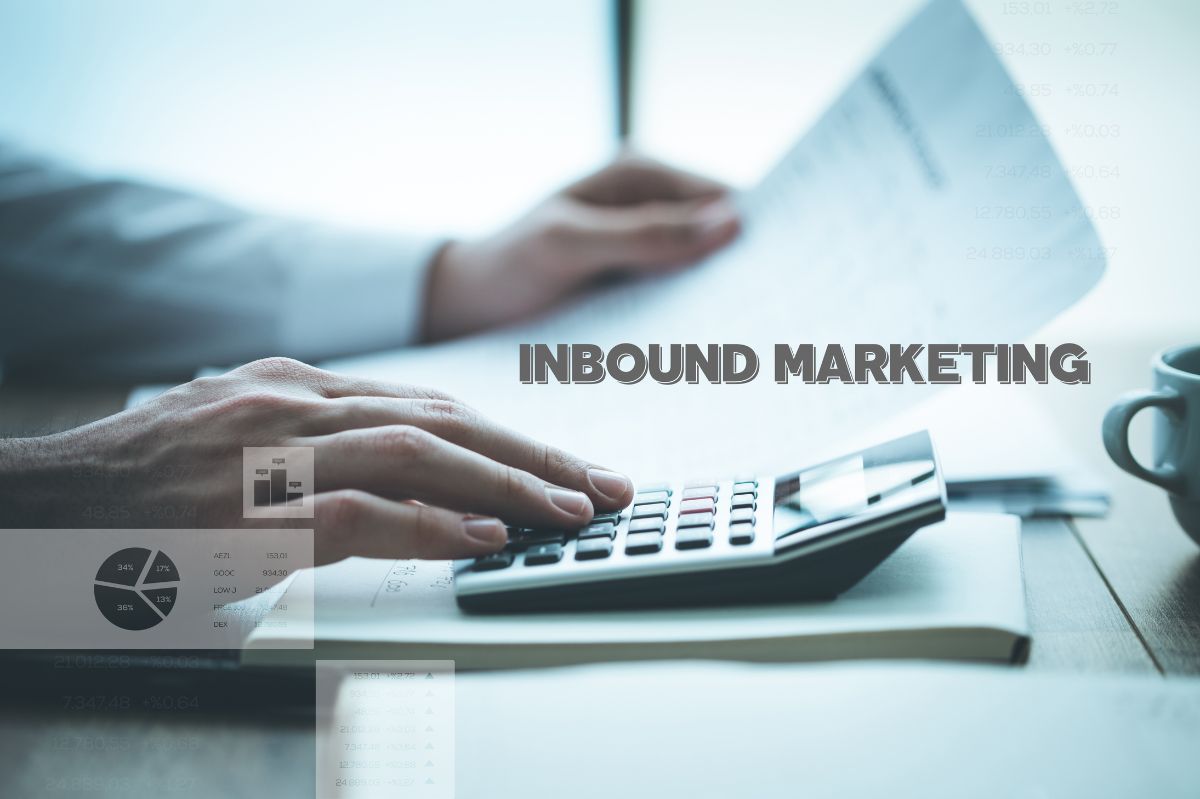Inbound Marketing is a strategy that helps find customers by exploiting the potential of the web. Find out more in this article.
After consumers have been subjected to continuous and incessant exposure to advertisements for years, traditional promotional ads have gradually become less and less effective. For this reason, a new marketing approach was required for companies. The efficient answer to this need is called Inbound Marketing. Here is the complete guide.
What is Inbound Marketing, and what is it for
Inbound Marketing is a particular approach based on a type of non-invasive communication that, before reaching the target with the promotional message, is concerned with earning their trust. Rather than attempting to reach the target consumer at any means and cost, Inbound Marketing, therefore, seeks to attract him to himself naturally, leveraging his needs and needs.
More concretely, it consists of the creation of valuable content aligned with the interests of the target and distributed at the right time and in the right place in order to attract the consumer and ensure that he takes the first step by approaching spontaneously and without forcing to the company.
The phases of Inbound Marketing
Inbound Marketing is a marketing approach capable of attracting only the “right” people, that is, those most likely to become actual customers. Knowing the habits, problems, needs, and objectives of your target is, from this point of view, fundamental.
The first thing to do to attract potential customers is to use two fundamental tools:
- the company blog (which must be optimized for SEO);
- social networks.
To convert, that is, to transform potential customers into contacts willing to leave their data to the company to be contacted, it can be useful to offer them something in return. This, for example, can result in special discounts or exclusive content. It is equally important that the landing page, the call to action, and the contact form are clear, simple, intuitive, and attractive to users.
In the third phase, the goal is to close, that is, to make contacts and become effective customers. In this regard, it is important to “nourish” the contacts with additional valuable content that lead them to complete the purchasing process. Email marketing is one of the most effective tools to lead acquired contacts to complete the purchase transaction.
Inbound Marketing, however, goes beyond the single sale: assuming that it is easier to sell something to someone who is already your customer, it is advisable to delight existing customers with other value proposals dedicated explicitly to them. In this way, customers can become the best “ambassadors” of the company through word of mouth. Even in this phase, email marketing (as well as social media) is particularly useful for continuing to interact with the customer even after the purchase is complete.
3 tips to make Inbound Marketing effective
For those who intend to take advantage of the advantages of Inbound Marketing, it is important:
- Define the strategic objectives to be achieved and, subsequently, monitor them;
- Identify, analyze and segment your target audience ;
- Identify where your audience spends the most time online and listen to their problems and needs. On the basis of the information collected, it is advisable to draw up a content plan and promote them on the channels best suited to your purposes.
Also Read : What Infographics Are And Why They Work







